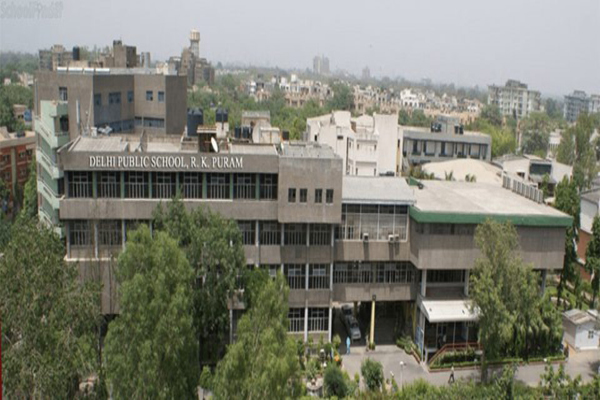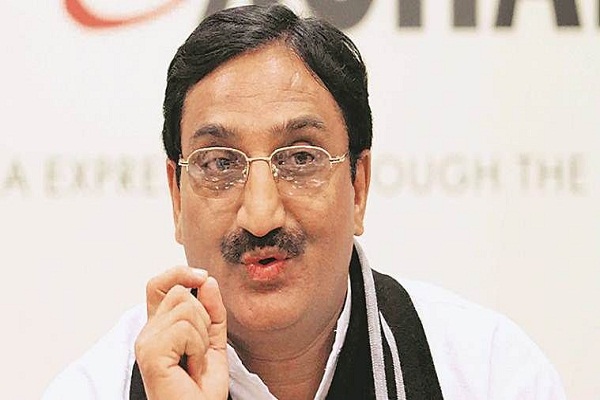 Classteacher Learning Systems, a brand of Mind Shaper Technologies Pvt. Ltd, has launched its product ‘Language Lab’ for students in Australia. It is an online learning platform that caters to K ?12 students. The product will cover Hindi, Mathematics and Science. The company has already begun the Hindi Language Lab. Rest two subjects are expected to be launched within 3-6 months.
Classteacher Learning Systems, a brand of Mind Shaper Technologies Pvt. Ltd, has launched its product ‘Language Lab’ for students in Australia. It is an online learning platform that caters to K ?12 students. The product will cover Hindi, Mathematics and Science. The company has already begun the Hindi Language Lab. Rest two subjects are expected to be launched within 3-6 months.
One of the established player in e-learning industry in India, Classteacher Learning Systems is presently teaching more than 1 million children online. Mind Shaper Technologies is one of the first companies in India to introduce Digital White Boards; develop and introduce digital content and ClassPad. Classteacher Learning Systems is the only company to have a complete range of solutions in Digital Interactive Classroom Program, ClassPad, Assessment Program, Digital Math Program, Digital Science Program, Online Program and Digital Language Program.
With increasing migration of Hindi population into Australia, the number of school-going children from the community has crossed the mark of 30000. According to Mr. Sameer Buti, Executive Director, Classteacher Learning Systems, “Market size will keep on increasing with increasing migration and growth in families here. As majority of these immigrants speak the Hindi language and their religious scriptures are in Hindi, they wish to continue teaching their children the language. There has been initial survey done by Class teacher in Sydney and it’s found that there is 100% acceptability of the product.”











 HDFC chairman Dr Deepak Parekh inaugurated a new research-focused B-school, MYRA School of Business, in Mysore on November 4. Located on a 10-acre campus, the new B-school aims to develop global competence in business education in India.
HDFC chairman Dr Deepak Parekh inaugurated a new research-focused B-school, MYRA School of Business, in Mysore on November 4. Located on a 10-acre campus, the new B-school aims to develop global competence in business education in India.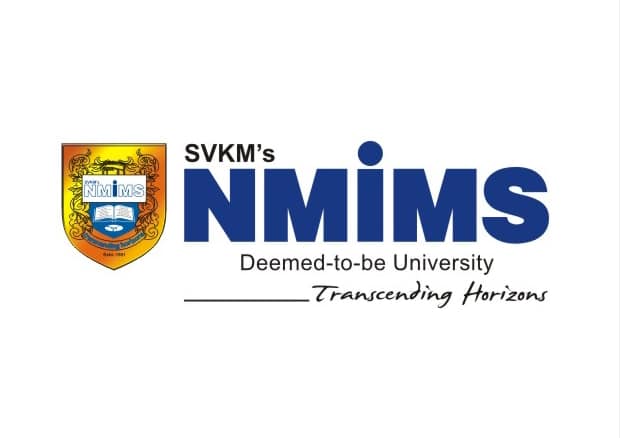
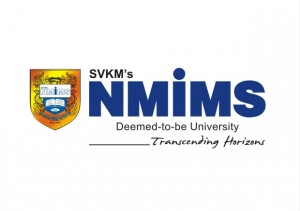 Maharashtra’s CM Prithviraj Chavan inaugurated the NMIMS off-campus centre ‘Mukesh Patel Technology Park‘ at Shirpur on Saturday. The technology park which is set up in 50-acres of land will be a residential campus that will includes School of Technology Management and Engineering and School of Pharmacy and Technology Management and it will also oversee the Centre for Textile Functions and Academy of Aviation located at a distance.
Maharashtra’s CM Prithviraj Chavan inaugurated the NMIMS off-campus centre ‘Mukesh Patel Technology Park‘ at Shirpur on Saturday. The technology park which is set up in 50-acres of land will be a residential campus that will includes School of Technology Management and Engineering and School of Pharmacy and Technology Management and it will also oversee the Centre for Textile Functions and Academy of Aviation located at a distance.
 The committee of technology-based examination reforms in state universities has suggested amendments to the existing Maharashtra Universities (MU) Act, 1994, to enable the use and integration of technology in the examination processes. Some of the key suggestions are:
The committee of technology-based examination reforms in state universities has suggested amendments to the existing Maharashtra Universities (MU) Act, 1994, to enable the use and integration of technology in the examination processes. Some of the key suggestions are: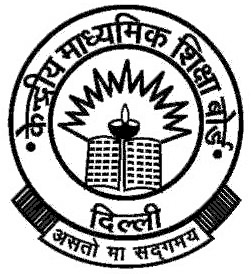



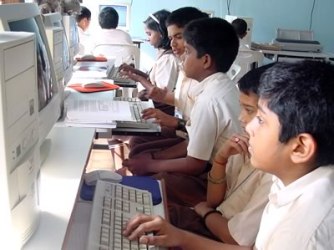
 Educationists in New Delhi said over the last 20 years, technology in education has not been effective. “However, we see a quick turn towards digital content these days. Fastest growing universities are online,” said Ashish Dhawan, CEO, Central Square Foundation. “More than 20,000 private schools are using Information and Communication Technology (ICT) products. But the content is a major concern as it is below average,” added Dhawan. Dhawan said that several experiments in Peru and other countries have failed as the technology devices given to schools did not have any valuable content. “Till the quality of content is not improved none of the innovations will work,” he said.
Educationists in New Delhi said over the last 20 years, technology in education has not been effective. “However, we see a quick turn towards digital content these days. Fastest growing universities are online,” said Ashish Dhawan, CEO, Central Square Foundation. “More than 20,000 private schools are using Information and Communication Technology (ICT) products. But the content is a major concern as it is below average,” added Dhawan. Dhawan said that several experiments in Peru and other countries have failed as the technology devices given to schools did not have any valuable content. “Till the quality of content is not improved none of the innovations will work,” he said.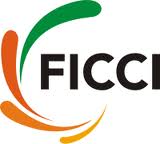
 The Federation of Indian Chambers of Commerce & Industry (FICCI), in partnership with the ministry of human resource development and the Planning Commission, has organized the 8th FICCI Higher Education Summit 2012, a two-day global conference, on November 5 and 6 in New Delhi.
The Federation of Indian Chambers of Commerce & Industry (FICCI), in partnership with the ministry of human resource development and the Planning Commission, has organized the 8th FICCI Higher Education Summit 2012, a two-day global conference, on November 5 and 6 in New Delhi.









